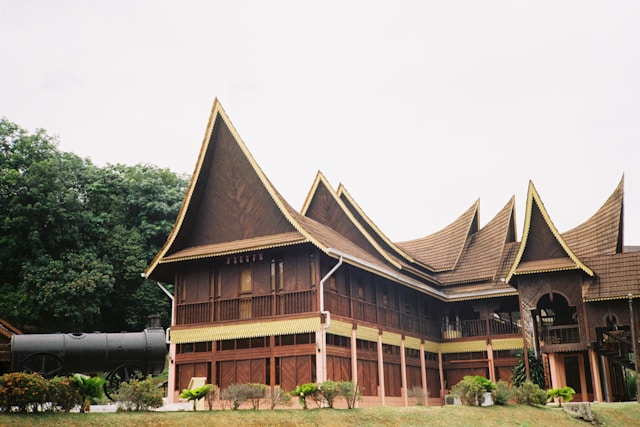
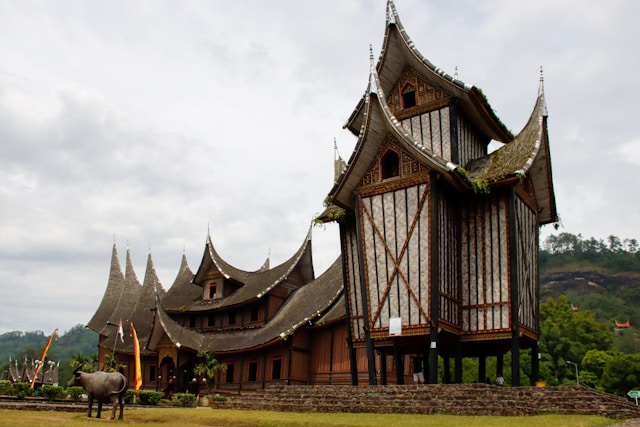
When people mention the word “Minangkabau” in a historical context, it refers to a classical Malay kingdom centered in Pagaruyung. With territories stretching from the western coast of the Indian Ocean to Kuantan (modern Riau) and Jambi, and from South Tapanuli to Mukomuko (now North Bengkulu). These territories were divided into:
- Luhak (homeland): including Tanah Datar, Lima Puluh Kota, and Agam.
- Rantau (frontier): regions under Minangkabau rule (paying tribute to Pagaruyung) or areas settled by Minangkabau migrants.
The rantau extended widely from Pesisir (west coast of Sumatra), Muko-Muko (Bengkulu, South Sumatra), Betawi (Jakarta), Bugis-Makassar (eastern Indonesia), Aceh, Siak (Riau, Malay areas), and as far as Negeri Sembilan in the Malay Peninsula, where Minangkabau settlements spread across Perak, Selangor, Pahang, and Negeri Sembilan.
In the modern era, Minangkabau means both an ethnic group (Minang) and a distinct culture rooted in customary law (adat). This ethnic group is one of Indonesia’s major ethnocultural communities. A defining Minangkabau trait is their tradition of migration (merantau). Their readiness to leave home and adapt to new regions relates to their cultural character.
Historical Background
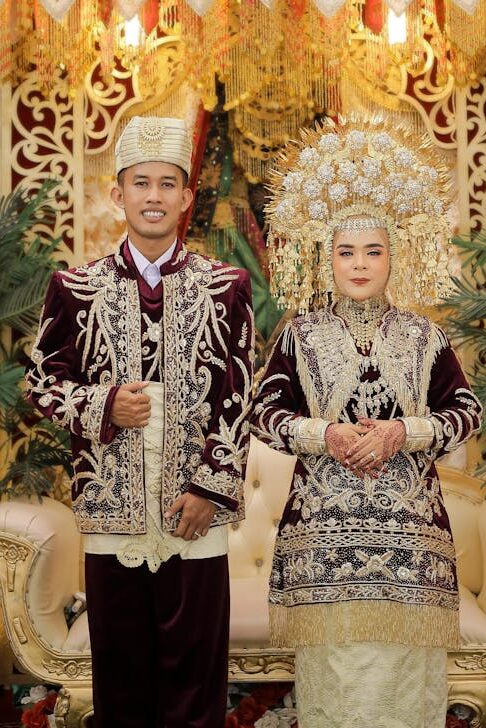
Minangkabau’s migration to Negeri Sembilan did not happen all at once but rather sporadically and in waves. The first few waves occurred around the 15th and 16th centuries, during the golden age of the Malacca Sultanate attracted many newcomers (Saludin and Maulud, 2021).
The earliest Minangkabau migrants are believed to have landed at Sungai Muar, where they traveled to Kuala Pilah and further into Sungai Pahang. Other Minangkabau migrants also landed at Sungai Klang, where some spread into Hulu Langat, Kajang, Semenyih, and surrounding areas. Others moved into Sungai Gombak, reaching Kuala Lumpur, Gombak, Setapak, Kuang, and Hulu Selangor (Collins, 2021).
A local tale mentions that when Raja Abdullah bin Raja Ja’far opened mines in Ampang. A Minangkabau trader named Sutan Puasa was already there, running a food stall. He played a vital role in supporting Yap Ah Loy’s appointment as the third Kapitan China (Chinese Captain) in Kuala Lumpur.
In addition, other Minangkabau’s migrants traveled upriver from Sungai Perah to Kuala Kangsar and Matang, where their descendants remain today. As a result, Minangkabau migrants established wide settlements across the Malay Peninsula, especially concentrated in Negeri Sembilan. These communities have strong presence in Rembau, Sungai Ujung, Jelebu, and Naning.
Similarities of West Sumatra and Negeri Sembilan
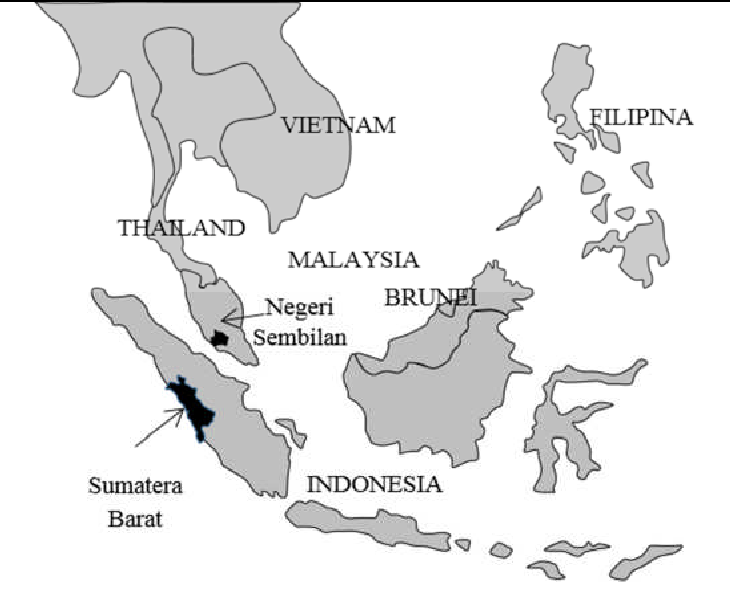
West Sumatra in Indonesia and Negeri Sembilan in Malaysia shared deep cultural and historical ties, rooted in the Minangkabau heritage. Both regions practice the unique matrilineal system, where lineage are passed down through the female line. This tradition reflects the Minangkabau philosophy of balancing gender roles within society.
Architectural styles in these 2 regions also show similarities, with the iconic horn-shaped roofs of the rumah gadang in west Sumatra can also be seen in Negeri Sembilan. Beyond architecture and customs, language and culinary traditions also highlight the cultural connections of the two regions.
Adat and Governance
Both West Sumatra and Negeri Sembilan are shaped by the Minangkabau’s adat perpatih, a matrilineal custom where family inheritance and clan identity are passed down through women. However, leadership rests with men selected by consensus.
In Negeri Sembilan, the adat system is adapted into local governance through the election of chiefs (penghulu) and ultimately the Undang (territorial leaders), who hold authority to appoint the state’s ruler, the Yang di-Pertuan Besar.
Similarly, in West Sumatra, adat influences village life, with nagari (traditional villages) governed collectively under customary law. This governance model highlights the enduring role of Minangkabau traditions in shaping political structures on both sides of the Straits.
Architecture similarities
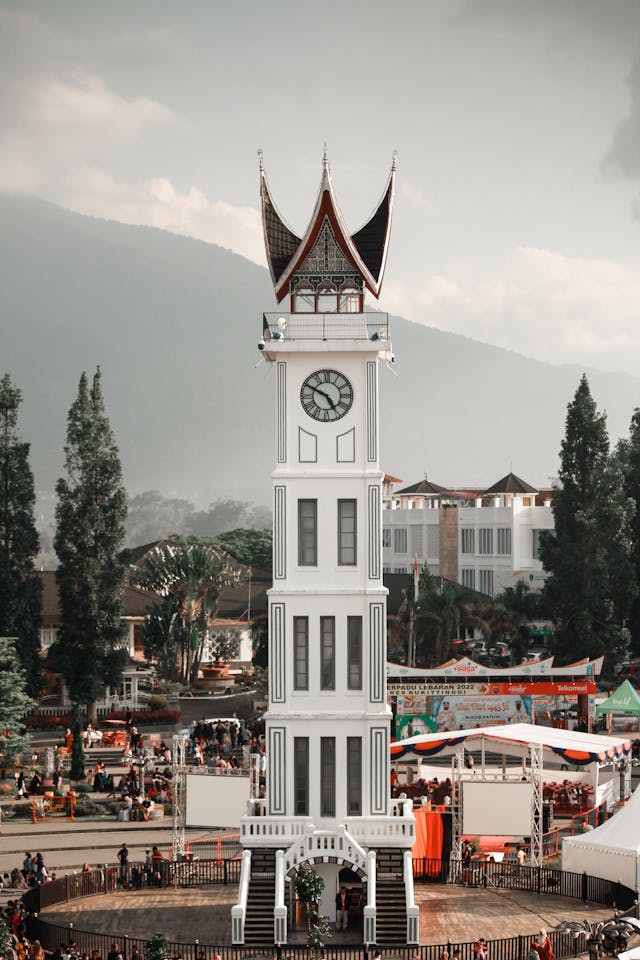
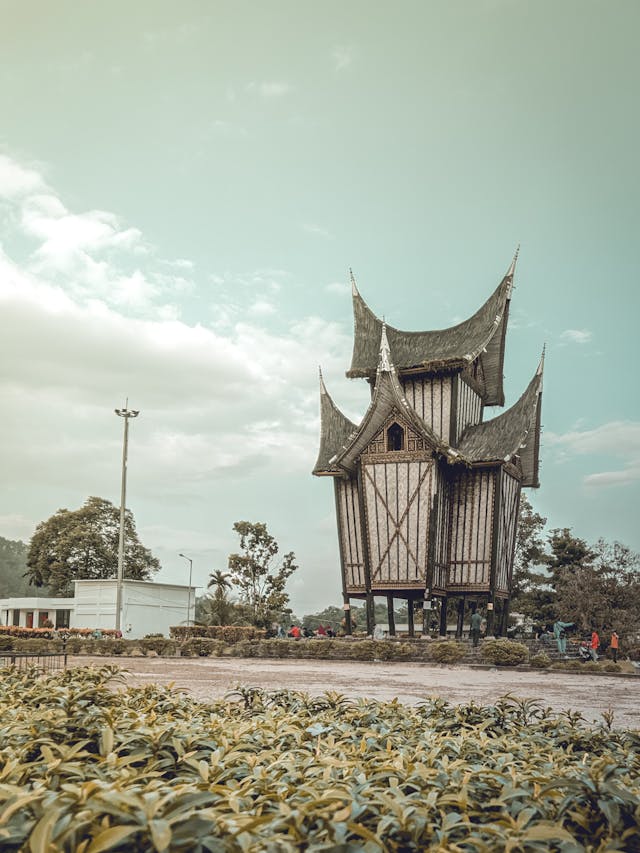
The architectural identity of both regions can be seen through the distinct horn-shaped rooflines, symbolizing buffalo horns. In West Sumatra, rumah gadang serves as the traditional family home, designed with upward-curving roofs and large communal spaces.
In Negeri Sembilan, while adaptations were made to suit local materials and climate, the influence remains clear in the traditional rumah panjang and clan houses. These houses maintain the iconic roof form and communal layout. These architectural similarities do not only serve as aesthetic looks, but also embody the cultural values of family unity, communal living, and respect for tradition.
Culinary Connections
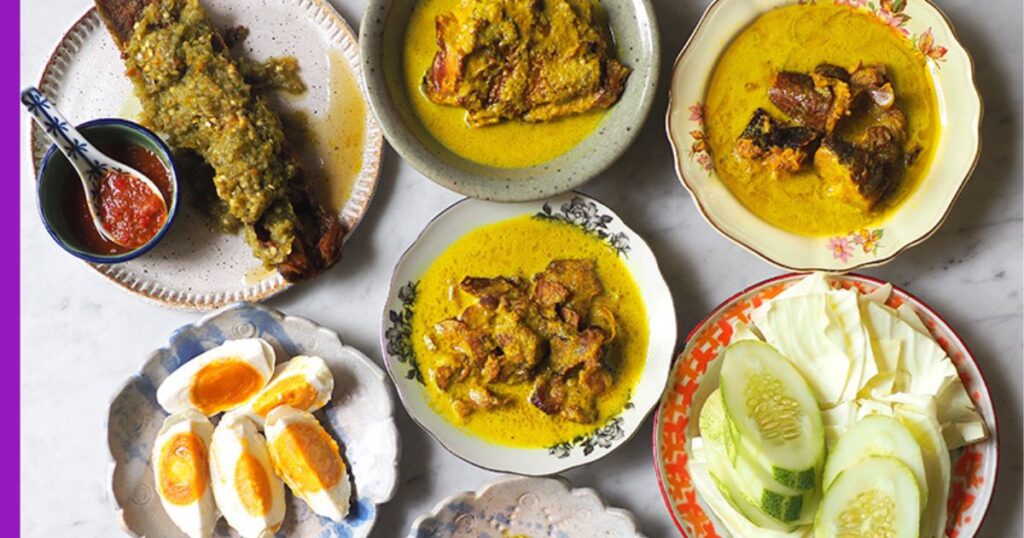
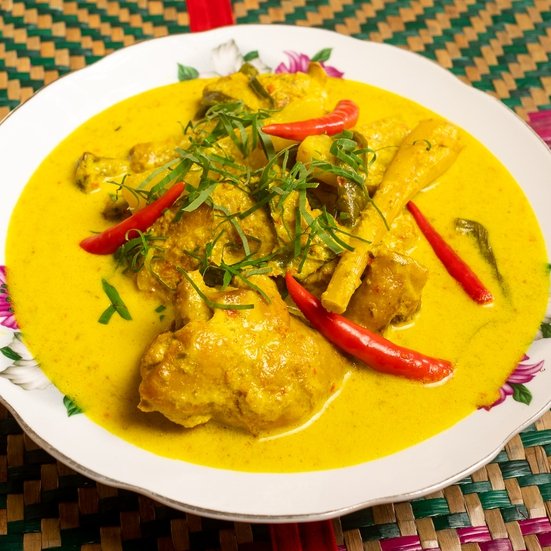
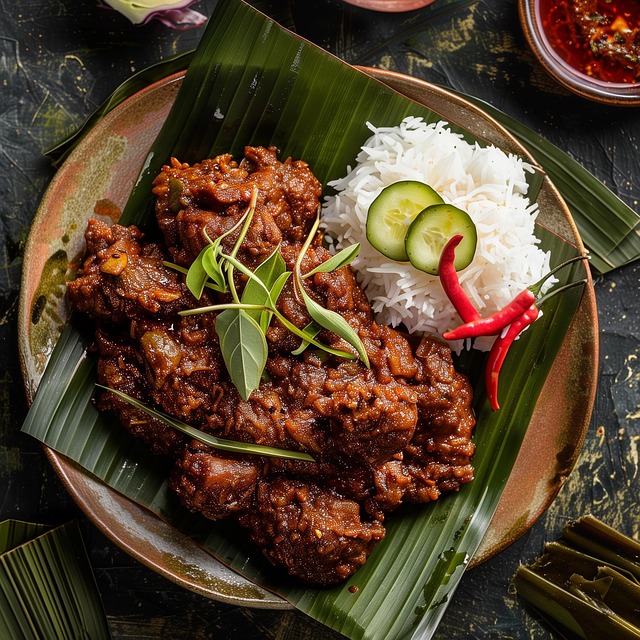
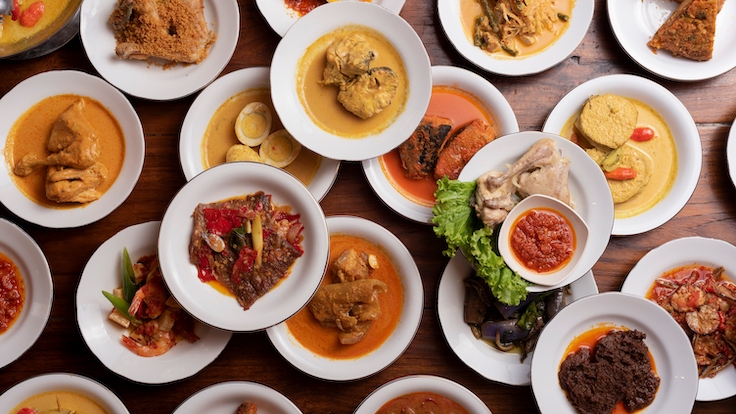
Food also reveals the shared heritage between West Sumatra and Negeri Sembilan. Dishes from both regions have bold flavors, use of chili, and richness of coconut milk. West Sumatra is famously known for its rendang, gulai, and sambal lado. All of these foods have their own version in Negeri Sembilan.
On the other hand, Negeri Sembilan’s famous masak lemak cili api, closely reflects Minangkabau taste preferences while incorporating local Malay influences. These similarities in cooking styles not only highlight a common cultural origin but also show how traditions adapt to local ingredients and environments while retaining a distinct Minang identity.
Language and Identity
Language plays a vital role in bridging the two regions. The Malay dialect spoken in Negeri Sembilan carries strong Minangkabau influence from West Sumatra. This linguistic similarities reinforces cultural identity and provides evidence of historical migration and settlement patterns.
While both regions have evolved distinct identities within their national contexts, West Sumatra within Indonesia and Negeri Sembilan within Malaysia. The persistence of Minangkabau speech, values, and customs highlights their shared roots. In both cases, identity is shaped not only by geography but also by a conscious effort to preserve ancestral traditions.
References:
Saludin, M.R. & Maulud, M.H.H. bin, 2021. Asal usul suku-suku di Negeri Sembilan berdasarkan lokasi di Sumatera Barat, Indonesia (The origin of the tribes in Negeri Sembilan based on location in West Sumatera, Indonesia). Asian Journal of Environment, History and Heritage, 5(1), pp.137–147.
Collins, M., 2002. Bongai in Tanjung Ipoh, Negeri Sembilan. Journal of the Malaysian Branch of the Royal Asiatic Society, 75(1), pp.91–114.
https://www.lexispd.com/media/blogs/getting-to-know-the-locals-of-negeri-sembilan
